30% reduced CO2 emissions in quay work for the Skandia Gateway project
Climate-smart quay construction in Skandia Gateway: 30% lower CO₂ emissions at only 1% higher cost, thanks to material requirements and innovation.

Climate-smart quay construction in Skandia Gateway: 30% lower CO₂ emissions at only 1% higher cost, thanks to material requirements and innovation.

Starting in Week 35, the Port of Gothenburg will be added to the updated Asia–Europe service AE5/NE4, operated by the Gemini Cooperation – a strategic alliance between Maersk and Hapag-Lloyd. Strengthening Gothenburg’s role as a logistics hub and providing Swedish industry with more sustainable and competitive transport options.
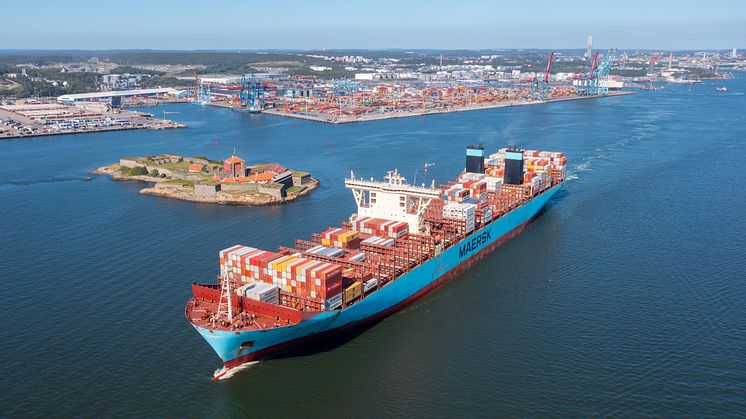
The Land and Environmental Court granted a permit for deepening and widening the fairway, strengthening the quay and the disposal of dredge spoil in a designated location at sea. The decision will allow the Skandia Gateway project’s dock reinforcement work to start according to schedule.
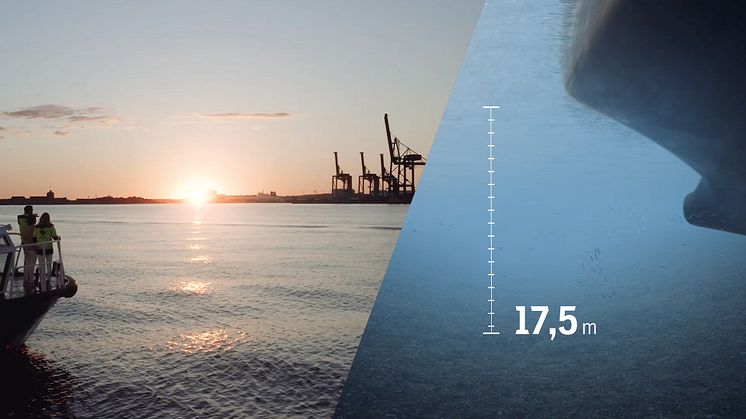
The Port of Gothenburg aim to set a new global standard for shoreside power for tankers berthed in a hazardous environment by a new unique concept, named Green Cable.
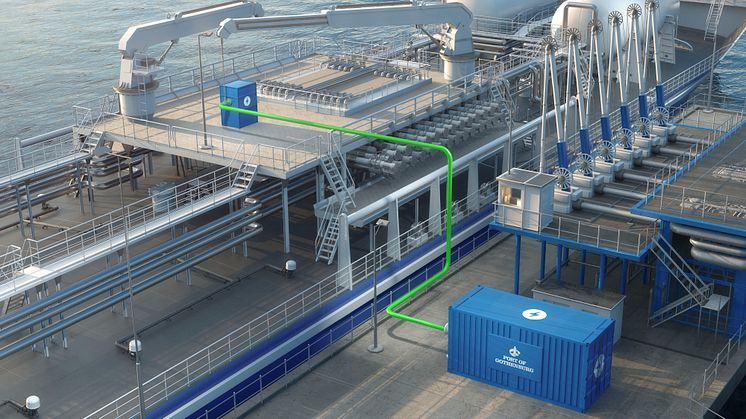
The Swedish Energy Agency has approved the partial funding of the collaborative project CinfraCap, bringing the region a step closer to a carbon capture infrastructure at the Port of Gothenburg. The infrastructure at the Port of Gothenburg could be of crucial significance to the transport of captured carbon dioxide from the entire country to a sub-seabed repository.
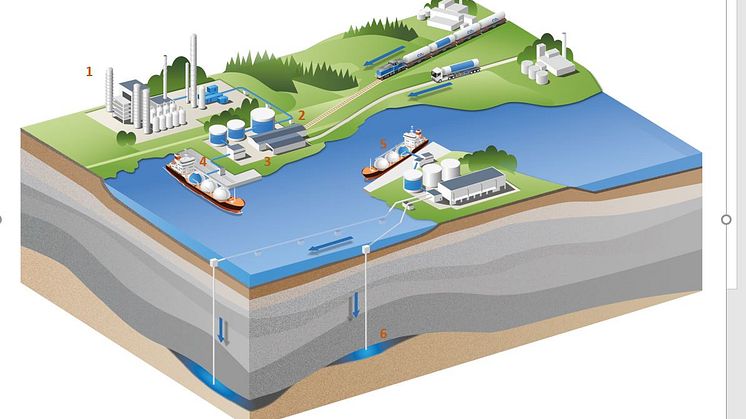
Gothenburg and Sweden could be the first in the world to create a joint infrastructure for the transport of liquefied carbon dioxide extracted using CCS technology. The project – CinfraCap – is a unique collaborative venture between Göteborg Energi, Nordion Energi, Preem, St1, Renova, and Gothenburg Port Authority.
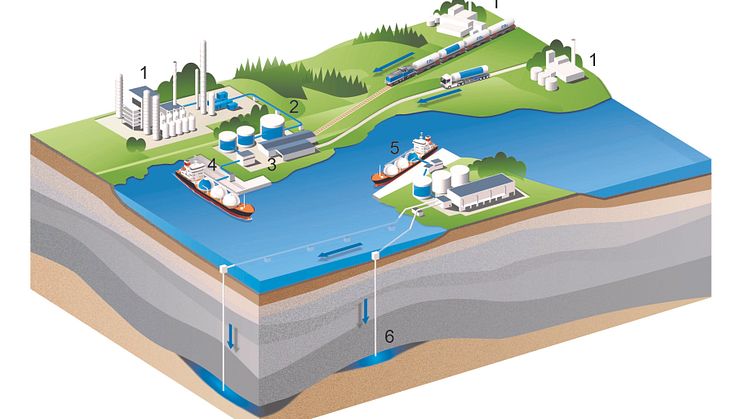
During 2018, 398,000 TEUs were transported to or from the port by rail. The figures were strongest during the final quarter of the year when rail-borne container freight increased by 27 per cent. “The fact that long-distance freight transport is recovering at a higher rate is a clear indication of the growing confidence in the Container Terminal throughout the country".
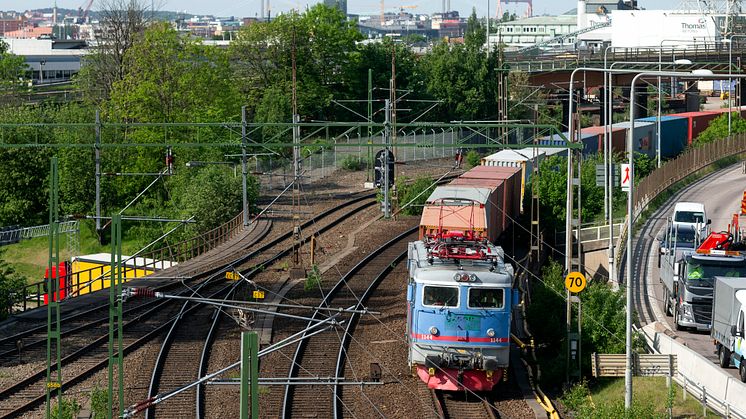
Port of Gothenburg freight figures for 2018 have just been compiled. Container volumes rose by 17 per cent compared with the previous year. Energy products, intra-European ro-ro* units and new cars all fell by one per cent, albeit in relation to the high comparative figures for these three segments in 2017.
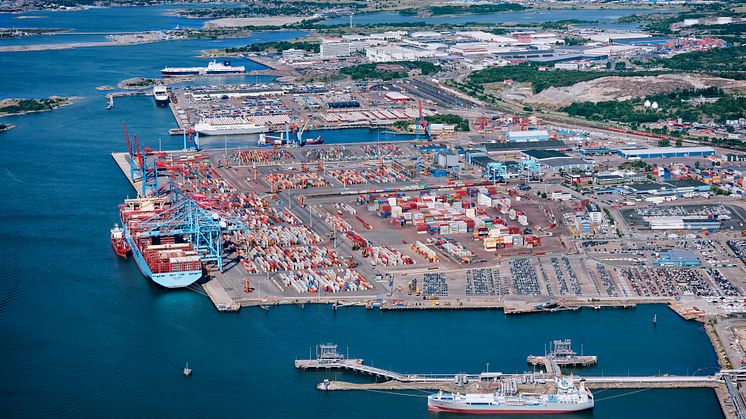
On Wednesday, the Arken Combi Terminal at the Port of Gothenburg was officially opened. Freight can now switch between road, rail and sea at the quayside, and can do so much more efficiently than before. The new terminal will result in higher freight capacity, improved transport efficiency, and cleaner air.
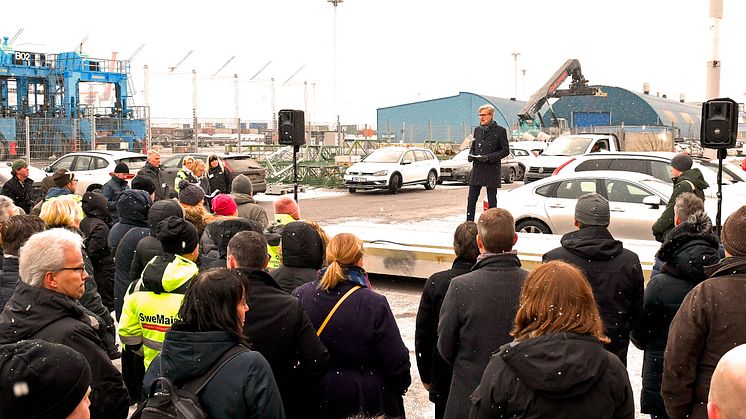
日前,哥德堡港液化天然气岸上加油项目在哥德堡港能源码头正式破土动工,工程预计将在年内完成并全面投入使用。届时,挂靠哥德堡港的船只将能够更加便利地使用清洁、环保的液化天然气船用燃料。
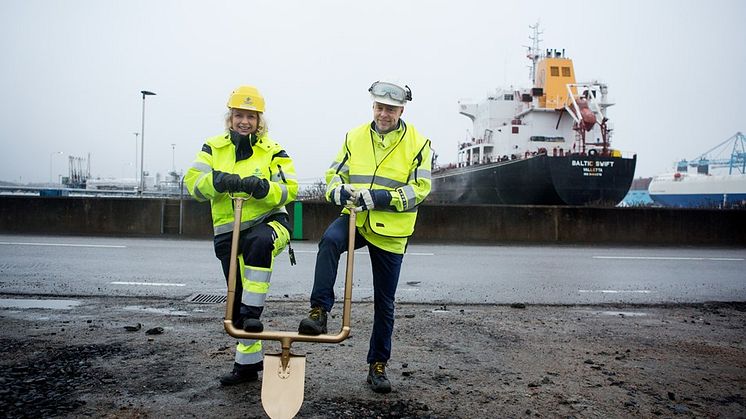
Construction of a liquefied natural gas (LNG) facility is now under way at the Port of Gothenburg. The facility will open up new opportunities for LNG-fuelled ships that call at the Gothenburg Energy Port. It will become fully operational during 2018.
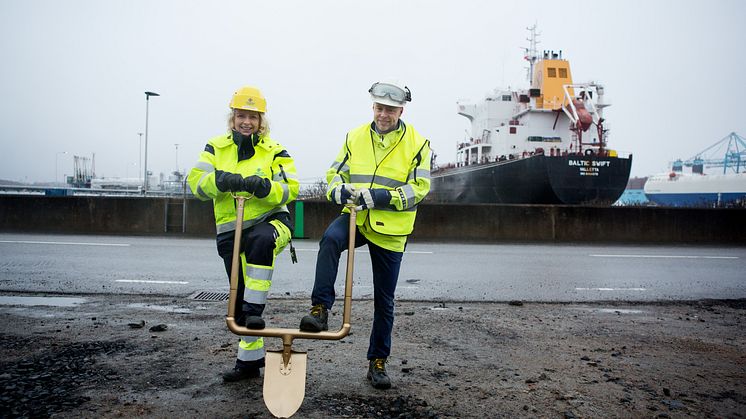
The Port of Gothenburg, the largest port in Scandinavia, is set to expand with the construction of a new terminal at the outer port area. It is the largest expansion project at the port since the 1970s. The terminal will be built using dredging spoils and is expected to be completed at some point after 2020.
The Port of Gothenburg will be the new export port for Volvo cars to Finland, Russia and China. This will result in a new service to Finland and Russia and an increase in volume of around 30,000 cars each year.
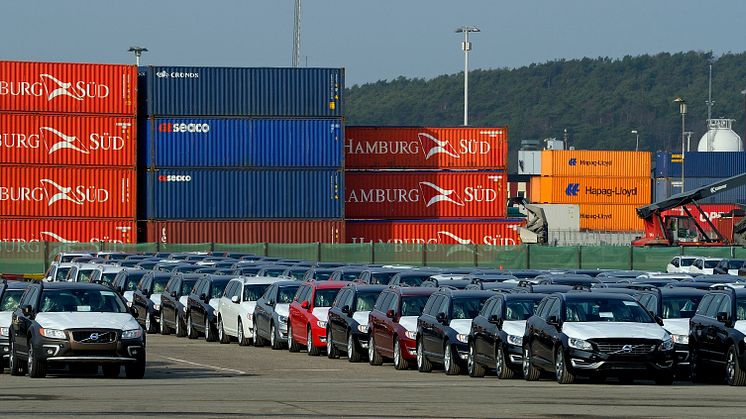
The Port of Gothenburg has acquired a new deep sea service to Japan. The service will be operated by the newly formed 2M Alliance – MSC and Maersk Line. Japan is a major importer of Swedish forest products.
For the 14th year in succession, Gothenburg has been named the best logistics location in Sweden by the industry journal Intelligent Logistik. The deciding factors are that it has the largest port in the Nordic Region for both imports and exports, direct deep-sea services and the short distance from the import harbour to the warehouse.
During 2014 the Port of Gothenburg reported a rise in car exports and a fall in oil volumes. This can be seen in the Port of Gothenburg volume report which is released today.
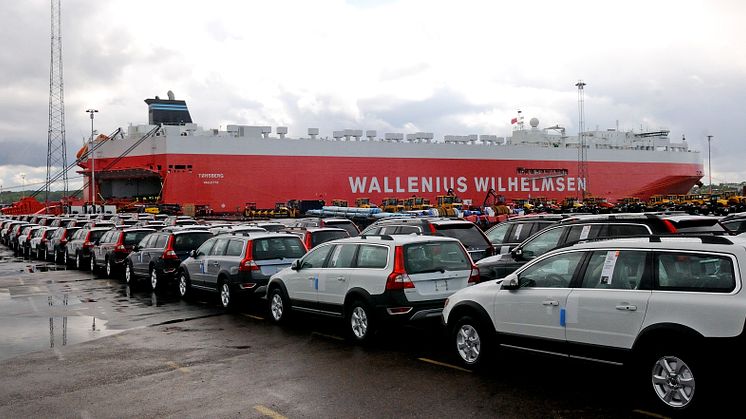
More sawmills throughout the Nordic region can now ship their timber via the Port of Gothenburg. A new transloading terminal for timber products has opened at the port. The terminal will be run by the family-owned company Sören Thyr AB.
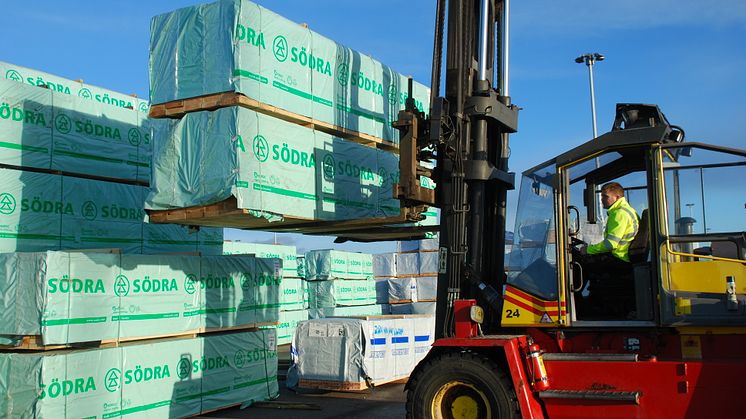
The Port of Gothenburg is an ideal location to meet the logistics requirements of major import customers. That was the reason why interior design and furniture company Chilli AB has decided to move into the DB Schenker Logistics warehouse at Arendal.
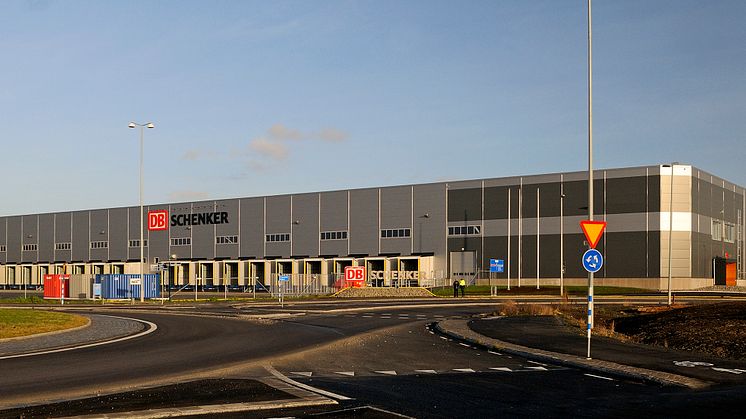
During 2013, ro-ro traffic through the Port of Gothenburg rose for the first time in three years. On the other hand, the number of containers shipped through the port fell by five per cent. A new set of figures for freight volumes for 2013 has just been released.
The 24,000 m2 warehousing and distribution centre at Arendal, located directly beside the port, is now complete. Owned by the Port of Gothenburg, the warehouse has been leased to Schenker Logistics and will handle mainly imported goods scheduled for onward distribution to end-consumers throughout Sweden.
